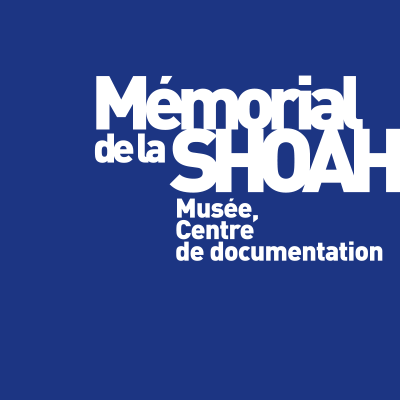Training The training for teachers of 1st degree
Internships are organized for primary school teachers. The objective is to help teachers raise their students' awareness of the history of the Shoah by using children’s literature, music or images.
Organize training on request (all academies)
Initial and continuing training seminars can be organized in partnership with the regional education authorities, universities and any other training institution in France and abroad for French-speaking or foreign-language teachers. These courses aim to help primary school teachers raise their students' awareness of the history of the Shoah by using children’s literature, music or images.
The speakers can travel to all the academies and present practical workshops around archival documents, testimonials and the website designed for children: www.grenierdesarah.org.
Specific training courses can be developed for music teachers, visual arts teachers and documentalists as part of a transdisciplinary approach. For teachers of music, visual arts, librarians... , specific trainings can be developed in a transdisciplinary approach.
To organize a training, contact Barbara Mellul
Tel.: 01 53 01 18 08 or
barbara.mellul@memorialdelashoah.org
Activities in partnership with the DAAC
The teachers of the first degree of the academy of Paris are invited to meet authors and works according to the artistic and literary news of the year, the plays on display, or the exhibitions programmed in the Parisian museums. These meetings are intended to become the starting point for a reflection or an artistic project to be conducted with the classes.
- Wednesday 28 September 2016 from 2 pm to 5:30 pm
Women in resistance
Visit-conference around the exhibition-folder Women in resistance
- Wednesday/ December 2016 (dates to come) from 2 PM to 5:30 PM
The genocide of the Herero and Nama of Namibia
Visit-conference around the exhibition-folder The first genocide of the 20th century, Herero and Nama, 1904-1908
- Wednesday / January 2017 (upcoming dates) from 2 PM to 5:30 PM
Comic books and the Shoah
Visit of the exhibition then conference-debate: Teaching the Shoah through Comics, from Maus to We will not go to see Auschwitz.
- Wednesday / March 2017 (upcoming dates) from 2 PM to 5:30 PM
The camp of Drancy
Guided tour of the former internment camp of Drancy and conference on the different internment camps.
Duration: 1 half-day on Wednesday
Rate: Free, subject to availability
Activities outside the Academic Training Plan (PAF).
Information and registration:katja.beckel@memorialdelashoah.org
Autumn University
Learn more
